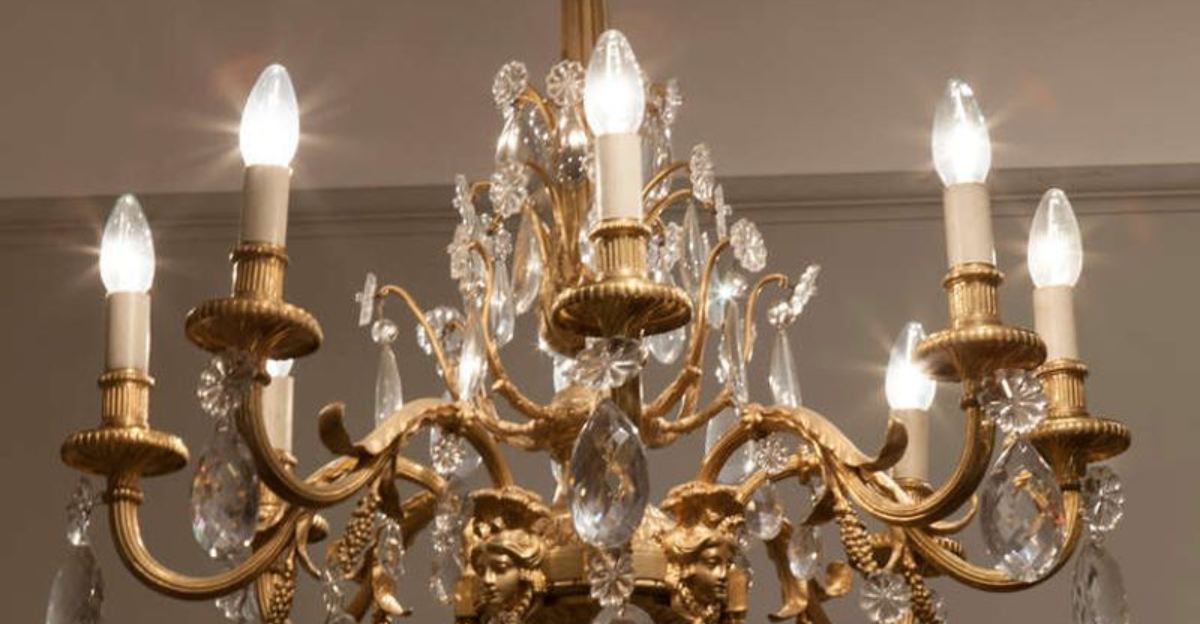16 Beautiful Sides Of Venetian Chandeliers That Show A Glimpse Of Grandeur
Venetian chandeliers hang like frozen symphonies in the world’s most elegant spaces.
These masterpieces of glass artistry have illuminated palaces, opera houses, and grand hotels for centuries, each telling a story of Venetian craftsmanship. When light dances through their intricate glass arms and delicate pendants, they transform ordinary rooms into extraordinary experiences.
1. Cascading Crystal Teardrops
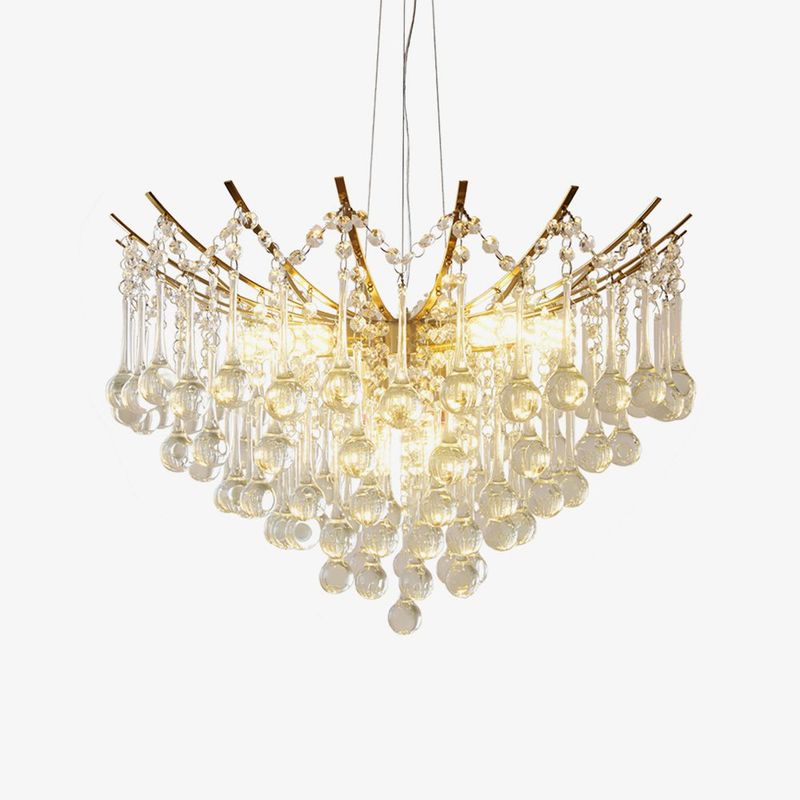
Teardrops of pure crystal cascade downward in mesmerizing formations, catching light from every angle. Each perfectly cut pendant acts as a tiny prism, splintering sunlight into rainbow fragments across walls and ceilings.
What makes these teardrops truly special is their hand-cutting process – no two are precisely identical, giving each chandelier its own subtle personality and light signature.
2. Millefiori Glass Flowers
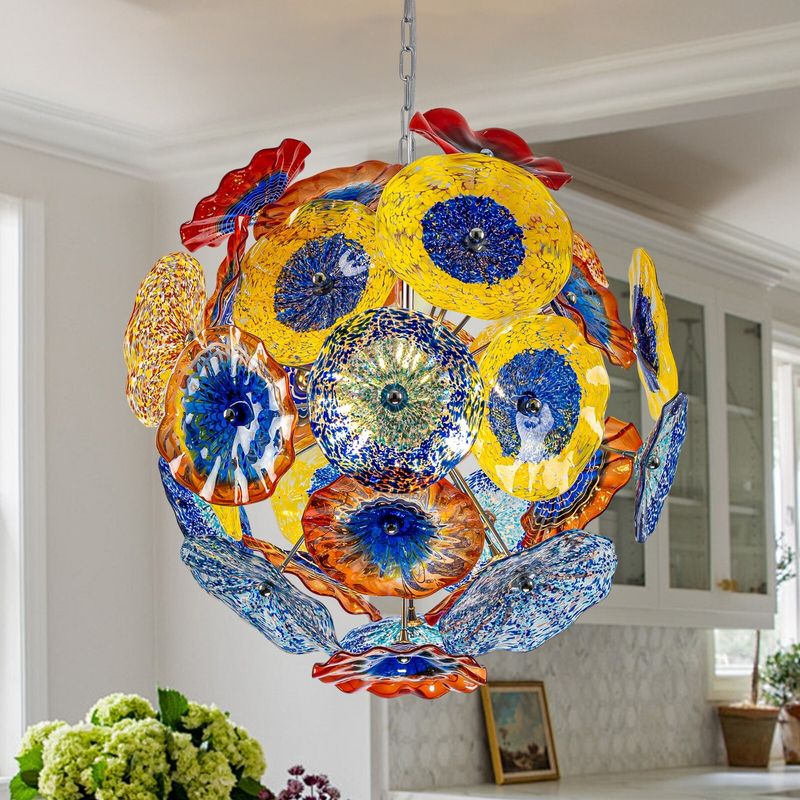
Tiny glass flowers bloom eternally within some Venetian chandeliers, created through the ancient millefiori technique. Artisans layer colored glass rods that, when sliced, reveal intricate floral patterns no larger than a thumbnail.
These miniature gardens of glass require decades of practice to perfect. Truth be told, many master glassmakers spend their entire lives refining this delicate art, passing secrets through generations.
3. Gilded Bronze Frameworks
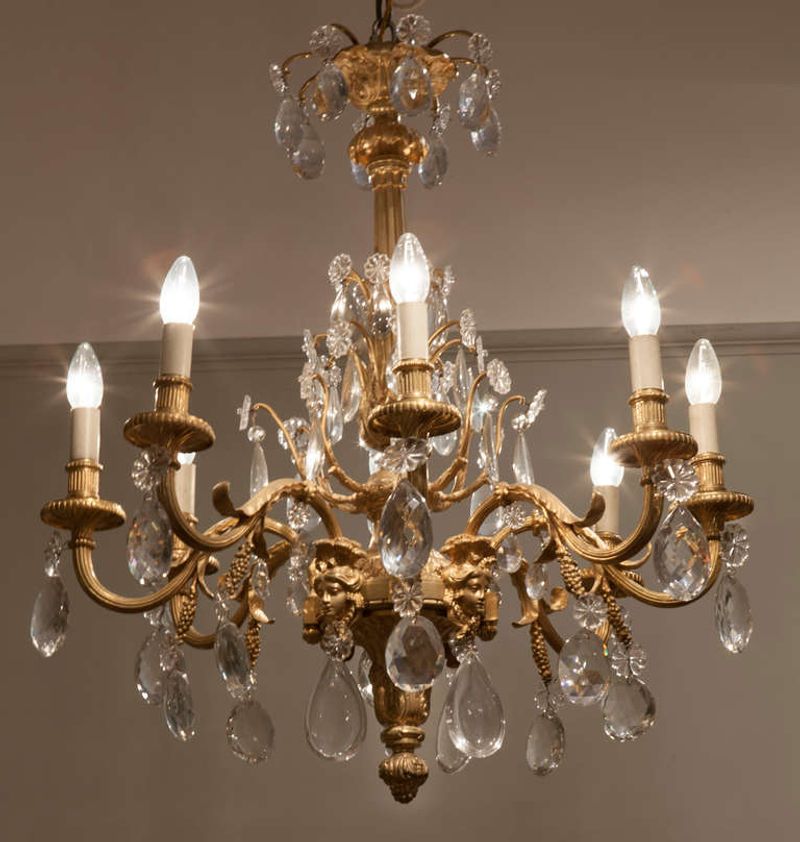
Beneath the glittering glass lies the chandelier’s skeleton – ornate frameworks of hand-hammered bronze. These structures are often gilded with 24-karat gold, applied in whisper-thin sheets that catch and amplify every flicker of candlelight.
The patina that develops over decades only enhances their beauty. What’s wild is how these frameworks manage to appear both substantial and impossibly delicate at the same time.
4. Handblown Glass Arms
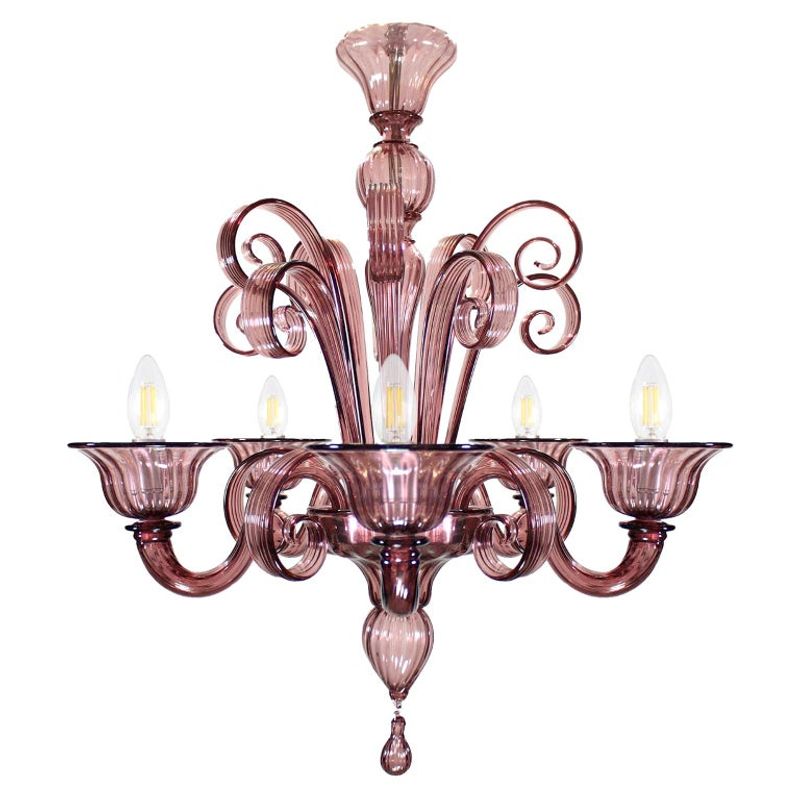
Each sinuous arm emerges from the glassblower’s pipe as molten possibility. Working quickly before the glass cools, artisans twist, stretch, and shape these appendages into gravity-defying curves.
No machines could replicate their organic flow or subtle asymmetries. The arms might appear identical at first glance, but look closer – each bears the subtle signature of its maker’s breath and hands.
5. Jewel-Toned Color Palettes
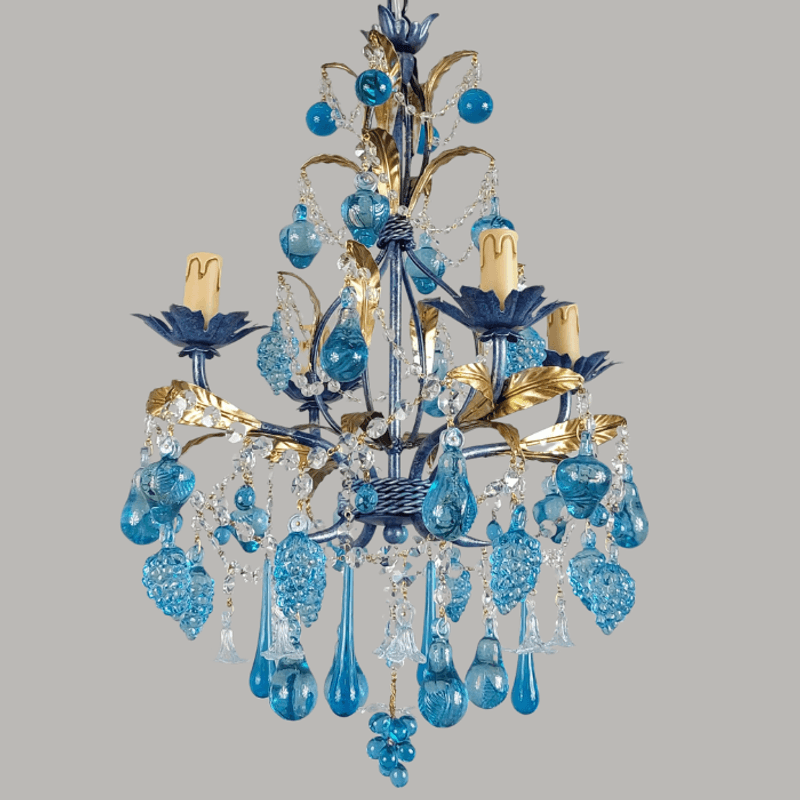
Sapphire blues, ruby reds, and emerald greens infused directly into molten glass create depth impossible to achieve with painted surfaces. These colors don’t merely reflect light – they seem to hold it, glowing from within like precious gems.
The secret recipes for these hues were once so valuable that glassmakers were forbidden to leave Venice, taking their color formulas to the grave rather than revealing them to outsiders.
6. Theatrical Shadow Play
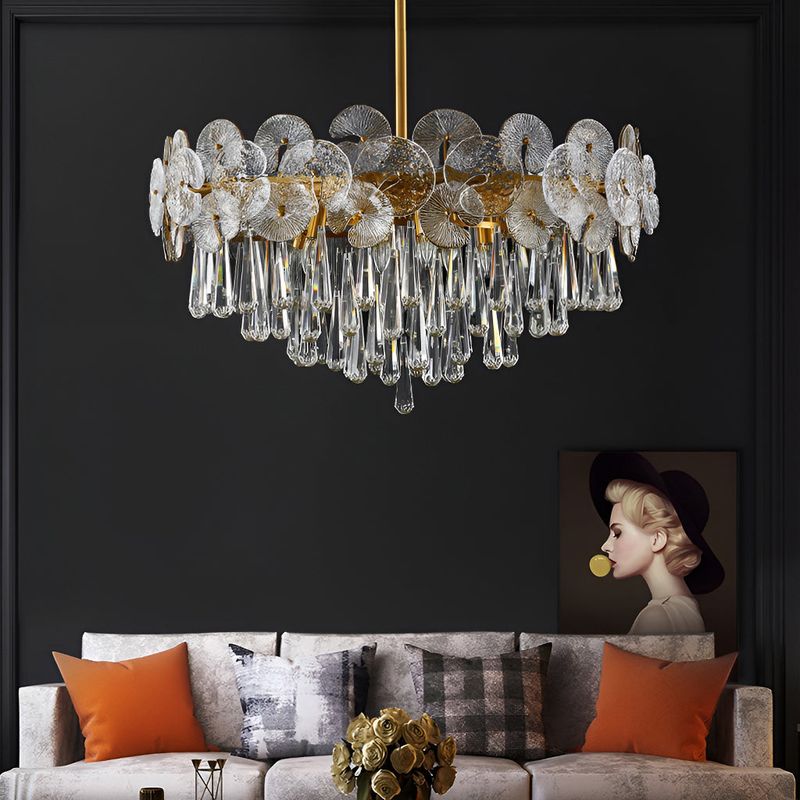
The relationship between chandelier and wall creates an ephemeral second artwork – dancing shadows that transform with each passing hour. Morning light casts different patterns than evening candlelight, creating a living mural that shifts and breathes.
In case you missed it, these shadow patterns were often deliberately considered by designers. The chandelier’s placement was calculated to project specific patterns onto ceilings during important social gatherings.
7. Leaf-Thin Gold Accents
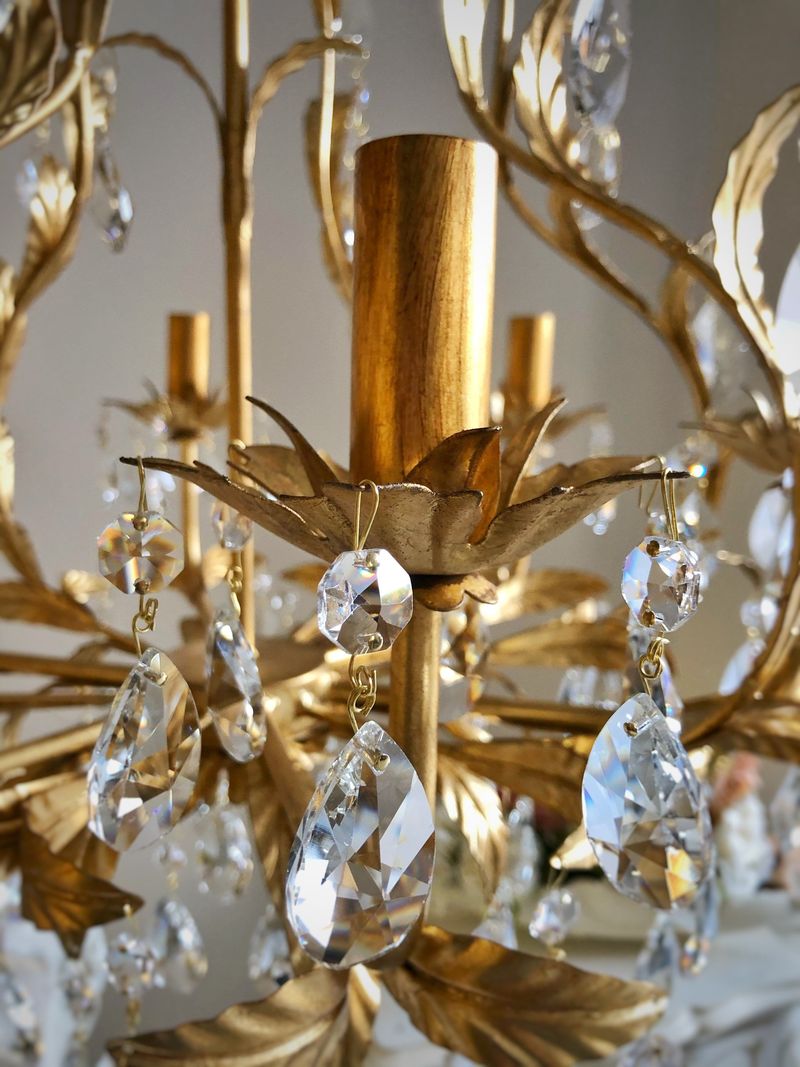
Gold leaf thinner than a whisper adorns many Venetian masterpieces. Applied by hand using squirrel-hair brushes and special adhesives, these accents catch light differently than the surrounding glass, creating subtle contrast.
Master gilders train for years to develop the delicate touch required. The gold’s warmth balances the cool transparency of crystal, creating an interplay that changes dramatically between daylight and candlelight.
8. Architectural Scale
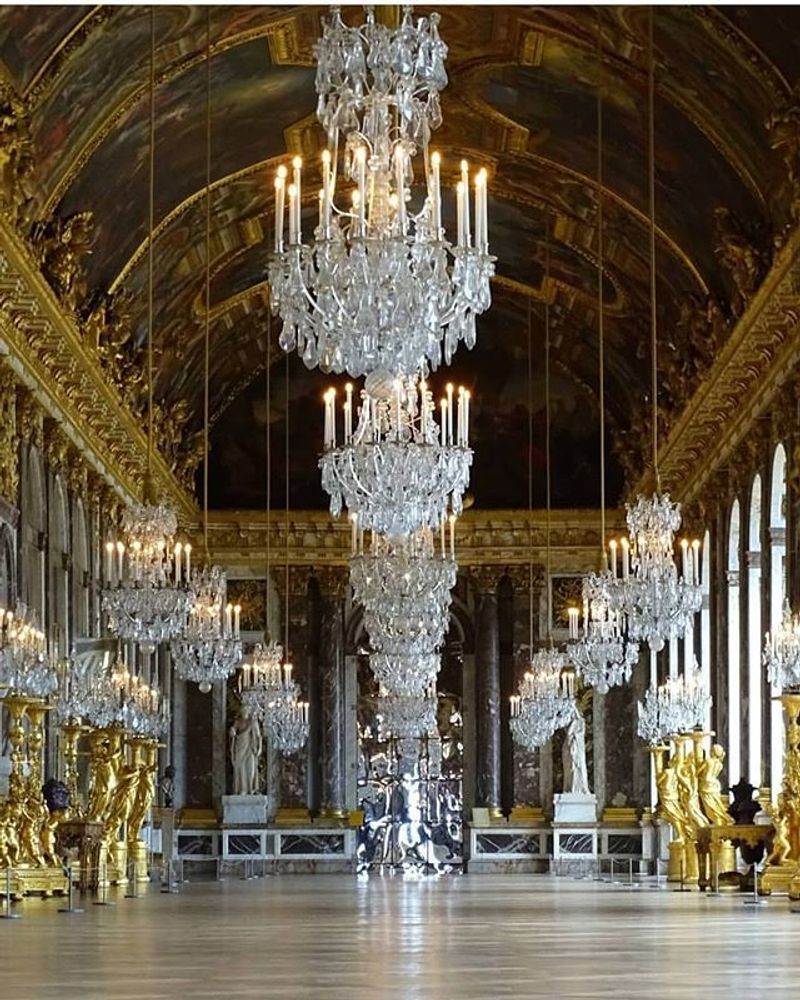
The sheer scale of grand Venetian chandeliers demands attention. Some masterpieces span eight feet across and descend twelve feet from ceiling to lowest crystal, weighing hundreds of pounds yet appearing to float effortlessly.
Installation becomes a theatrical production itself. Chandeliers for palaces were often assembled in sections directly in place, with teams of artisans working on scaffolding for weeks to complete the magnificent puzzle.
9. Candlelight Vessels
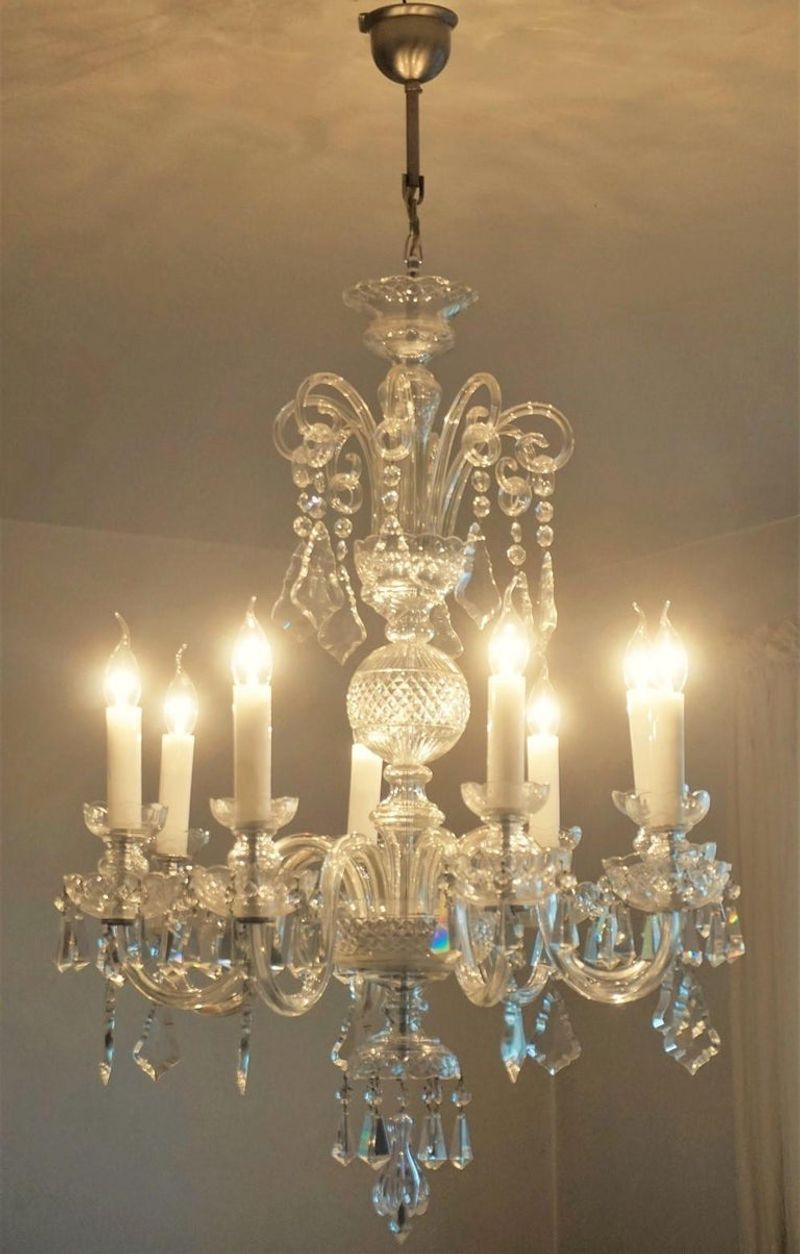
Before electricity, these glass sculptures were functional necessities designed to amplify precious candlelight. Small glass cups cradle each flame, their shapes engineered to maximize light while catching dripping wax.
The original chandeliers required teams of servants to light and maintain. Imagine the breathtaking moment when dozens of candles were simultaneously lit, bringing the sleeping glass giant to radiant life.
10. Celestial Inspiration
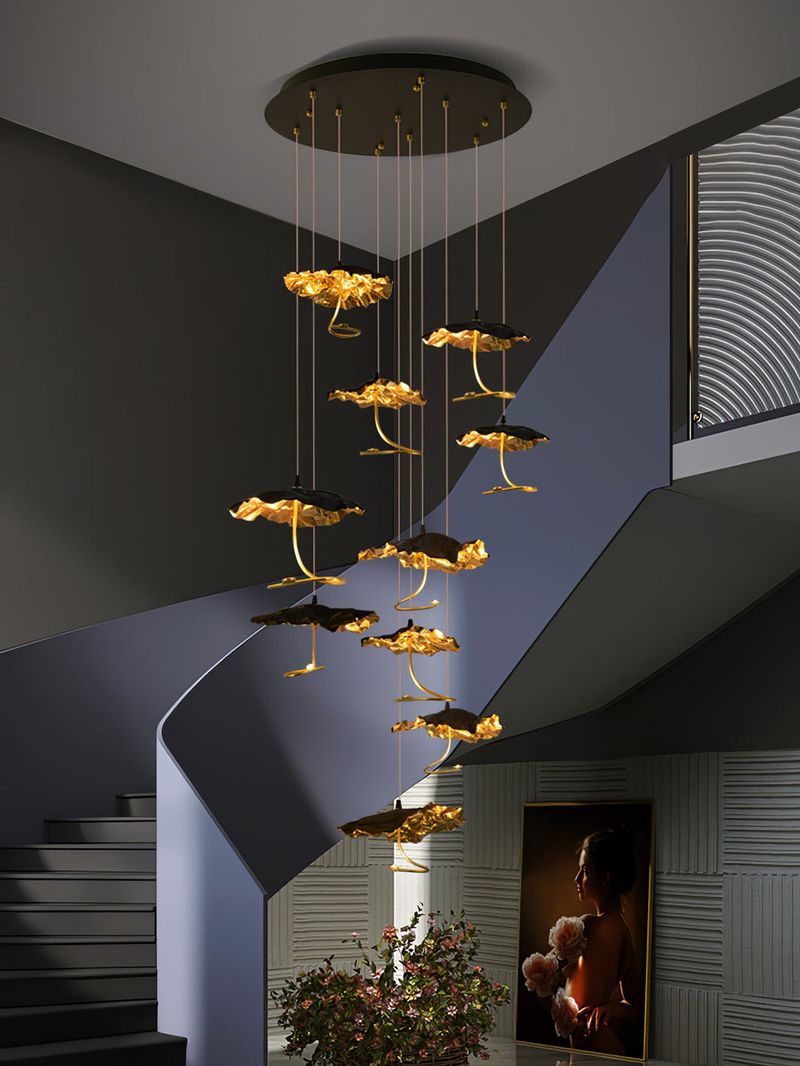
Many designs mimic the night sky, with crystal drops arranged like constellations and central orbs resembling planets. Venetian artisans often looked upward for inspiration, creating miniature galaxies that hang within reach.
Some historic chandeliers were specifically designed to mirror astronomical charts of the time. The arrangement of certain stars or planetary alignments significant to the owner might be secretly encoded in the chandelier’s design.
11. Floral Glass Bouquets
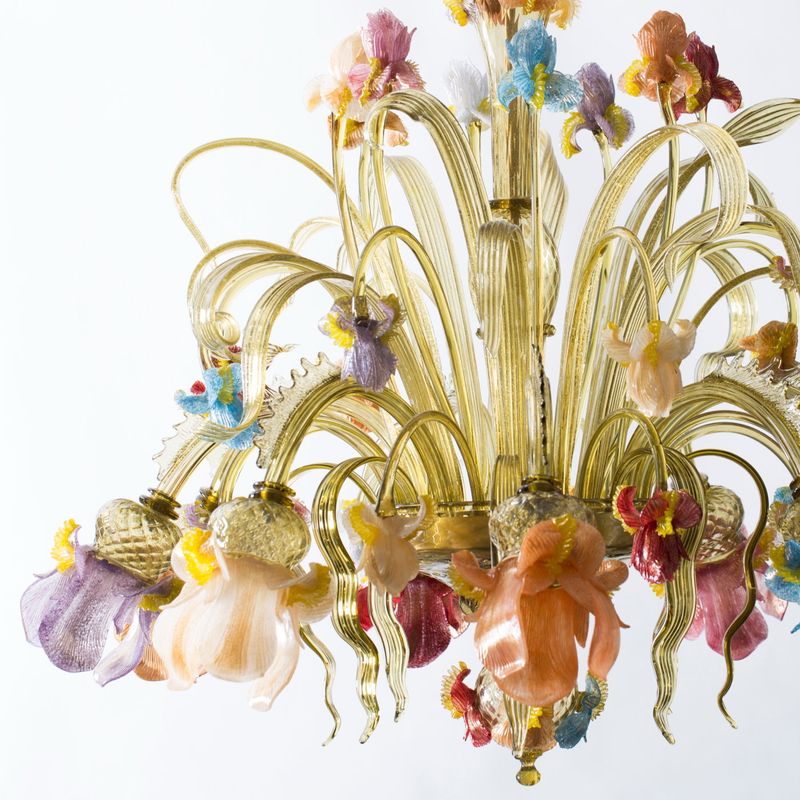
Glass roses, lilies, and fantastic blooms that exist nowhere in nature adorn many Venetian pieces. Each petal and leaf is individually formed, then assembled into impossible bouquets that never wilt or fade.
Artisans must work with molten glass at precise temperatures, shaping delicate forms that capture the essence of flowers while acknowledging the unique properties of their medium.
12. Centuries-Old Techniques
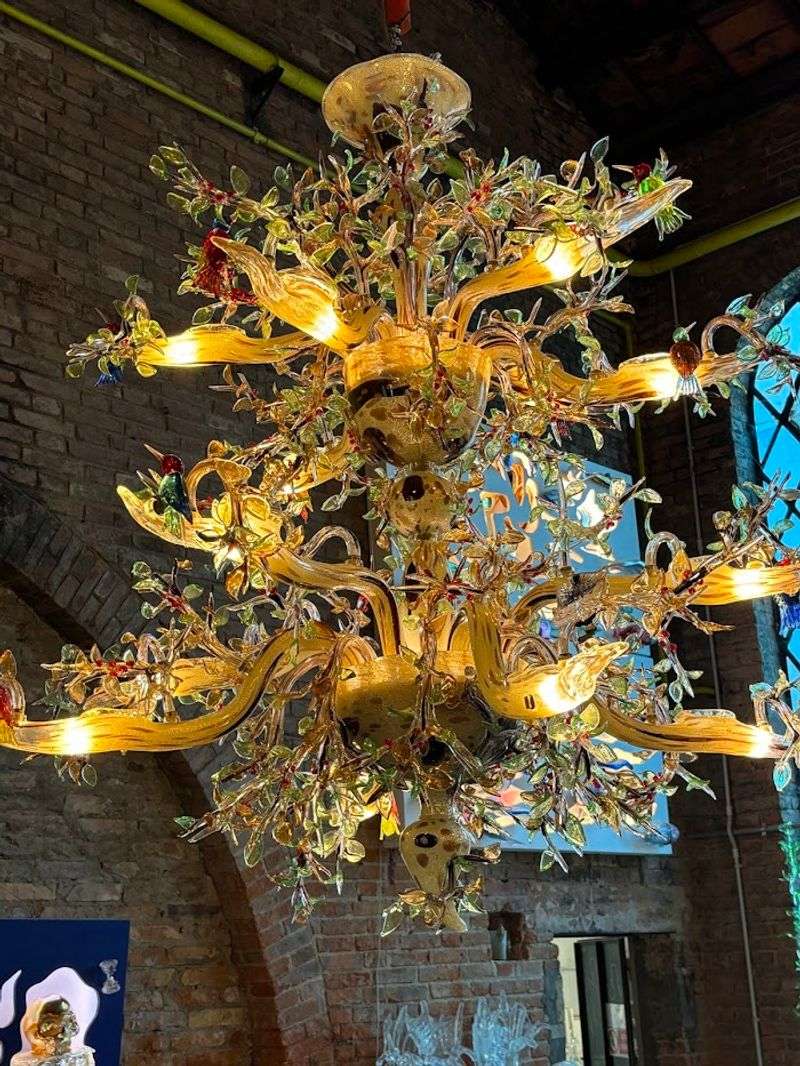
Methods used today differ little from those employed in the 16th century. Glass recipes, tools, and fundamental techniques remain largely unchanged, connecting modern artisans directly to Renaissance masters.
Secrets pass from master to apprentice through demonstration rather than written instruction. The most treasured techniques aren’t recorded in books but live in the muscle memory of artisans who’ve spent decades perfecting their craft.
13. Prismatic Light Effects
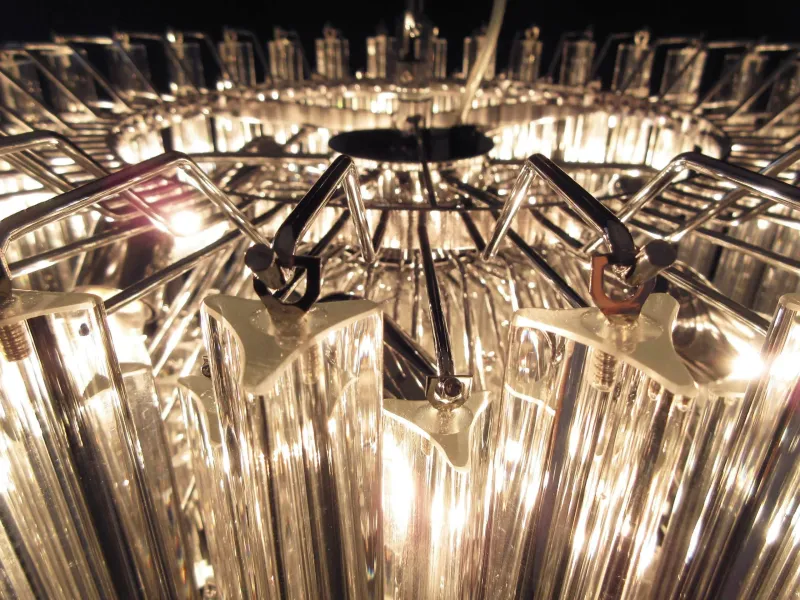
The science of optics plays alongside artistry in these masterworks. Chandelier designers intuitively understood light refraction centuries before physicists formalized these principles, creating pieces that transform ordinary light into extraordinary experiences.
Each crystal element is strategically positioned to capture, split, and redirect light. The result? A single candle’s flame can illuminate an entire room through this brilliantly engineered dance of reflection.
14. Avian-Inspired Elegance
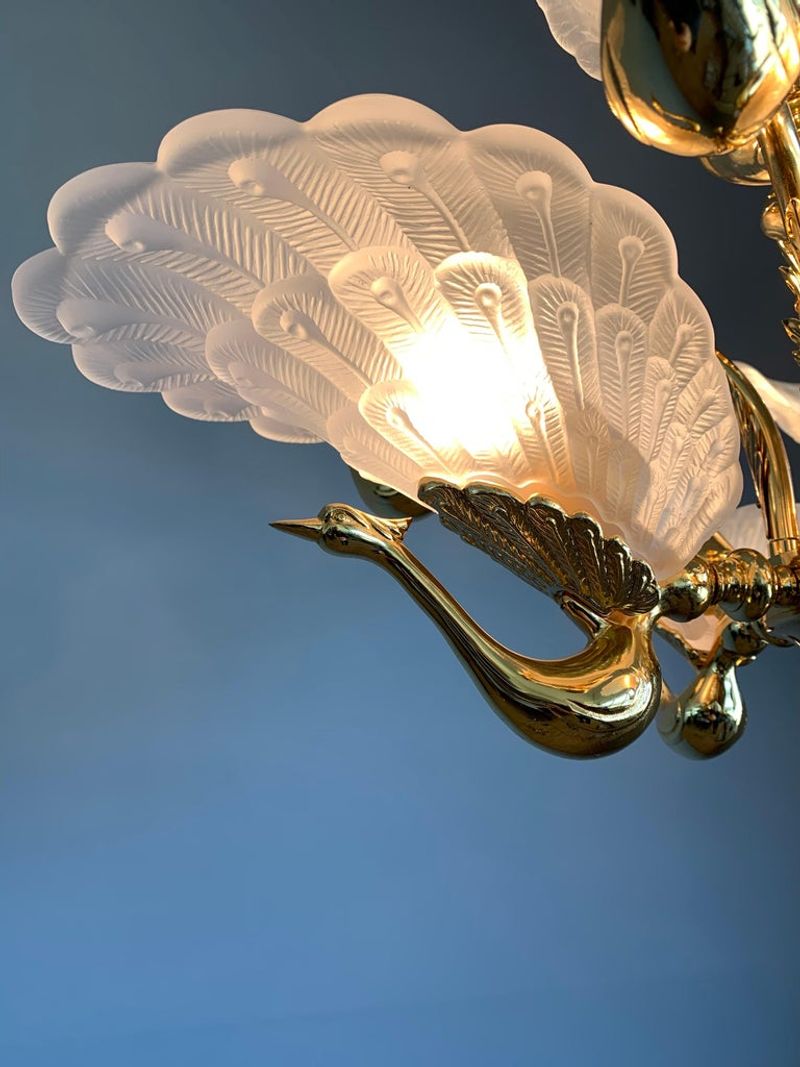
Birds of paradise with impossibly long glass tailfeathers. Swans with gracefully curved necks. Peacocks with elaborate fantails of crystal. Venetian chandeliers often incorporate avian forms that seem ready to take flight.
These glass creatures capture movement in still form. The impossible balance achieved in these designs creates a permanent sense of motion, as if the glass birds might at any moment animate and fly through open palazzo windows.
15. Sound-Enhancing Properties
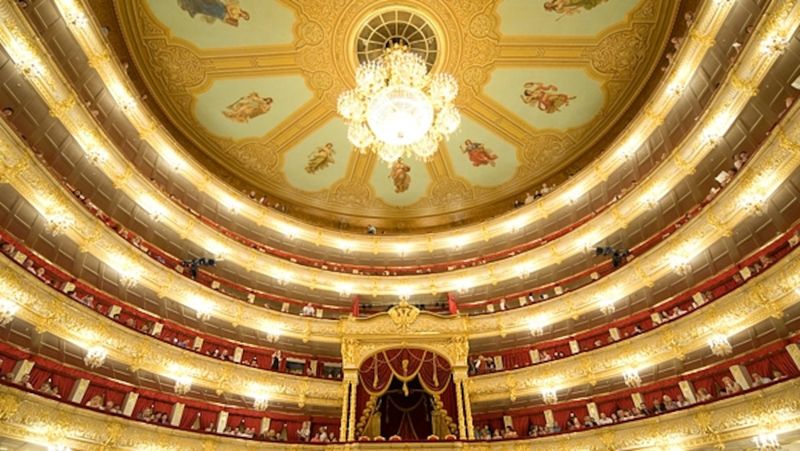
The unexpected acoustic properties of crystal chandeliers have enhanced music in Venice’s theaters for centuries. The myriad glass surfaces subtly amplify and diffuse sound waves throughout a room, creating natural acoustic enhancement.
In the great opera houses, chandeliers were positioned not just for illumination but for their contribution to sound quality. The gentle tinkling of crystal pendants adds its own delicate percussion to the music below.
16. Stories In Glass
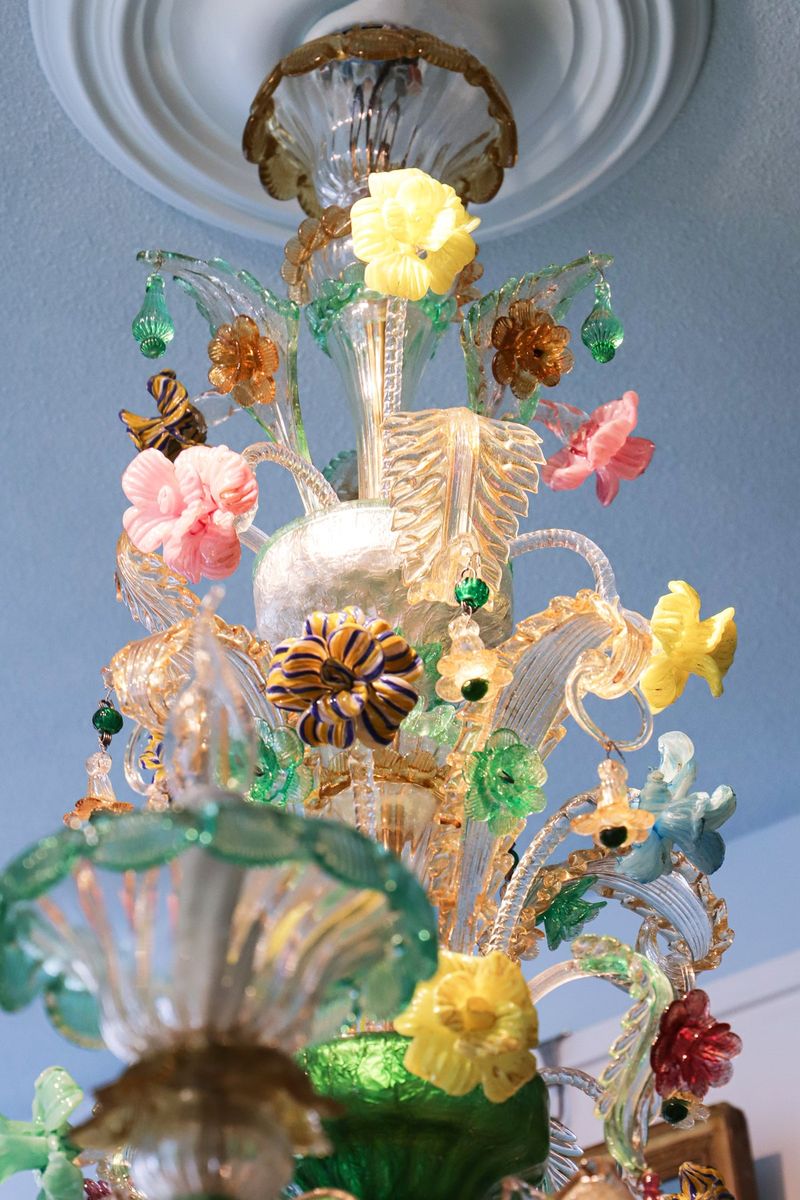
Many chandeliers contain narrative elements – tiny glass figures engaged in scenes from mythology or Venetian life. These miniature tableaux reward close inspection, revealing stories hidden in plain sight.
Look carefully at antique pieces and you might discover glass gondoliers, merchants, or figures from commedia dell’arte. Some chandeliers even contain visual jokes or political commentary, frozen in glass for centuries yet still carrying their makers’ messages.

